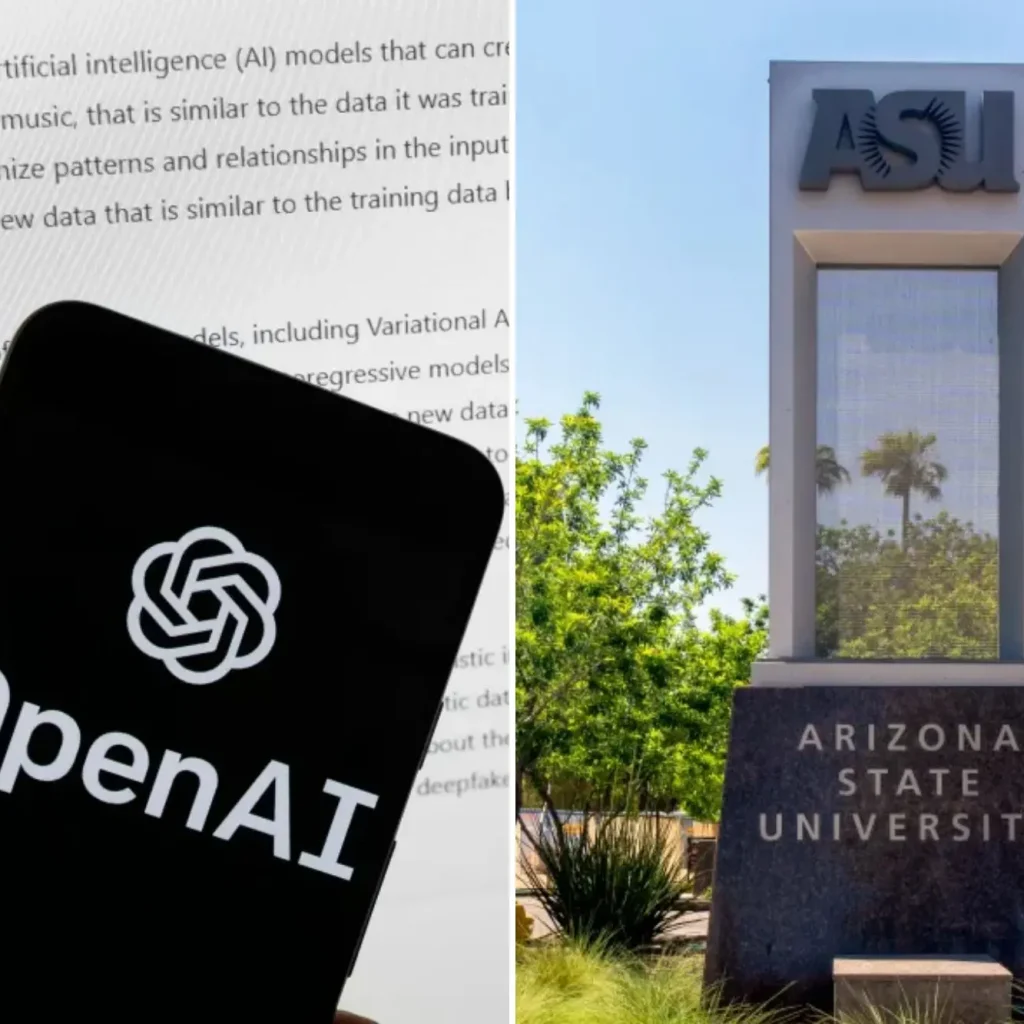In a groundbreaking advancement, artificial intelligence (AI) technology is revolutionizing the field of brain tumor surgery. An interdisciplinary team of researchers from UMC Utrecht, in collaboration with experts from the Princess Máxima Center for Pediatric Oncology and Amsterdam UMC, has harnessed AI’s capabilities to significantly expedite the diagnosis of brain tumors during surgical procedures.
This cutting-edge deep-learning algorithm offers neurosurgeons critical information within a mere 1.5 hours, a process that conventionally demands an entire week.
Swift diagnosis through AI
Traditionally, neurosurgeons confronted a formidable challenge during brain tumor surgeries: the uncertainty surrounding the tumor type and its aggressiveness. Prior to this pioneering development, the precise diagnosis would only become available a week post-surgery, following meticulous analysis by pathologists.
However, the new deep-learning algorithm, a variant of artificial intelligence, can discern the tumor type within 20 to 40 minutes. This rapid diagnosis empowers neurosurgeons to make pivotal real-time adjustments to their surgical strategies, potentially saving lives and enhancing patient outcomes.
Leveraging Nanopore sequencing
The cornerstone of this remarkable technology lies in Nanopore sequencing, which facilitates the real-time reading of DNA. The algorithm, conceived by the UMC Utrecht researchers, is meticulously designed to learn from countless simulated yet realistic ‘DNA snapshots.’ This groundbreaking approach enables the swift identification of brain tumor types, providing neurosurgeons with invaluable insights during surgery. Jeroen de Ridder, research group leader at UMC Utrecht and Oncode Institute, explained, “And this pace is adequate for immediate surgical strategy adjustments when required.”
Crucial biobank contribution
A pivotal component in developing this technology was the invaluable contribution of the extensive biobank the Princess Máxima Center maintained. Bastiaan Tops, the individual overseeing the Pediatric Oncology Laboratory at the center, facilitated the critical connection between the requirements of the operating room and the novel technology. The biobank, having preserved tissue samples from children afflicted with brain tumors over the years, played a pivotal role in training and validating the algorithm. This pioneering alliance between technological innovation and biobank resources has paved the way for a breakthrough with the potential to redefine the realm of neurosurgery.
Real-life surgical applications
To authenticate the effectiveness of the new technique, it underwent rigorous real-world testing during brain surgeries. In Utrecht, this innovative approach was employed with children, while in Amsterdam, it was applied to adult patients. The entire procedure, from extracting tissue samples in the operating room to determining the tumor type, took a mere 60 to 90 minutes. This swift diagnosis equips neurosurgeons with unprecedented precision and confidence, enabling them to tailor their surgical strategies for optimal patient care.
Transforming patient care
The Princess Máxima Center has swiftly embraced this groundbreaking technology for children whose outcome may influence the surgical strategy. Similarly, Amsterdam UMC intends to integrate this technique into their daily practice to expedite diagnoses. Eelco Hoving, pediatric neurosurgeon, and clinical director of neuro-oncology at the Máxima Center, underscores the transformative potential of DNA analysis during surgery. He asserts, “This can preempt the need for a second surgery in cases where the tumor is highly aggressive, sparing patients and their families from additional risks and anxiety.”
A collaborative endeavor
This landmark achievement epitomizes the alliance of diverse fields of expertise, encompassing basic researchers, pathologists, and surgeons. Jeroen de Ridder emphasizes, “It is gratifying that we have successfully transitioned this technology into clinical practice.” This collaboration can potentially optimize the outcomes of brain tumor surgery and elevate the overall quality of patient care.
Extensive research is imperative to further broaden the application of this groundbreaking technique and enhance its comprehensiveness. Researchers aim to incorporate additional tumor types into the algorithm, ensuring compliance with international data comparison standards. Comparative research will persistently evaluate the efficacy of the new, expedited method vis-à-vis the conventional, time-consuming approach. These efforts will shed light on the enduring impact of this transformative technology on patients’ long-term quality of life.





